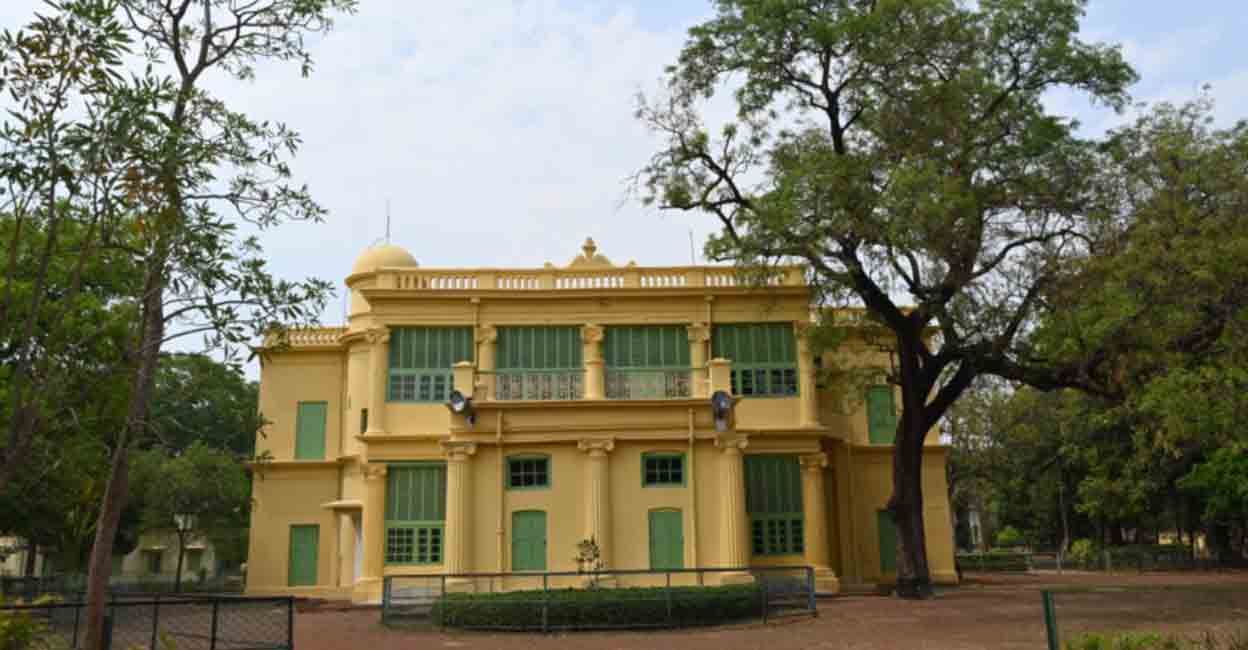Santiniketan
Established in rural West Bengal in 1901 by the renowned poet and philosopher Rabindranath Tagore, Santiniketan was a residential school and centre for art based on ancient Indian traditions and a vision of the unity of humanity transcending religious and cultural boundaries. A ‘world university’ was established at Santiniketan in 1921, recognizing the unity of humanity or “Visva Bharati”. Distinct from the prevailing British colonial architectural orientations of the early 20th century and of European modernism, Santiniketan represents approaches toward a pan-Asian modernity, drawing on ancient, medieval and folk traditions from across the region.
Established in rural West Bengal in 1901 by the renowned poet and philosopher, Rabindranath Tagore, Santiniketan was a residential school and centre for art based on ancient Indian traditions and on a vision of the unity of humanity transcending religious and cultural boundaries. Santiniketan is an embodiment of Rabindranath Tagore’s vision and philosophy of where ‘the world would form a single nest’ using a combination of education, appreciation of nature, music and the arts. It represents the distillation of Rabindranath Tagore’s greatest works and the continuing legacy of his model of education that reinterpreted ancient Vedic traditions with open air classrooms arranged under the canopies of trees.
Santiniketan exhibits the crystallisation of the ideas of Rabindranath Tagore and the pioneers of the Bengal School of Art. Set within the historical and geocultural context of early 20th-century colonial India, the ideas embodied in Santiniketan influenced educational and cultural institutions in south Asia. Santiniketan is therefore an outstanding example of an enclave of intellectuals, educators, artists, craftspeople and workers who collaborated and experimented with an Asian modernity based on an internationalism that drew upon ancient, medieval and folk traditions of India as well as Japanese, Chinese, Persian, Balinese, Burmese and Art Deco forms.
The built elements of Santiniketan demonstrate experimentation in construction techniques, materials and designs, a counterpoint to prevailing colonial templates. Santiniketan displays eclectic influences and a revived attention to the local in a search for a modernity based on internationalism. Santiniketan represents the physical manifestation of a utopian ideal of a community that became a crucible for intellectual and artistic ideas that were to have a decisive impact on 20th century art, literature, poetry, music and architecture in the south Asian region.
